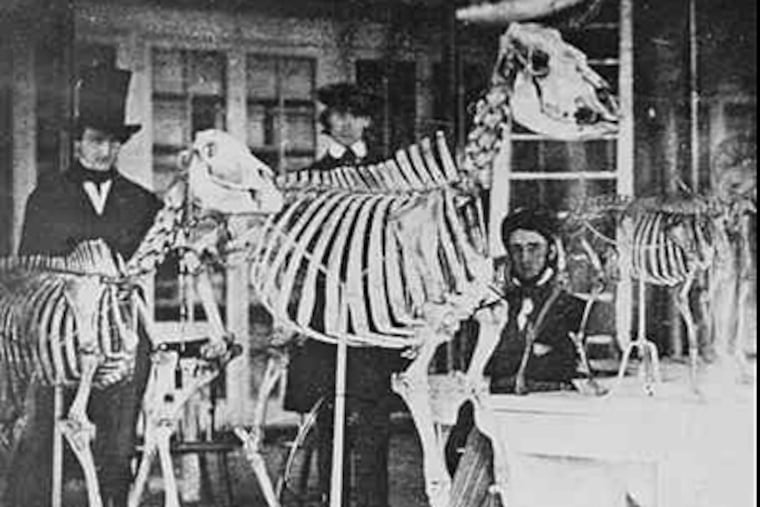Uncovering Edgar Allan Poe - the science buff
In 1844, readers of the New York Sun were treated to a sensational feature story in which an adventurer flew across the Atlantic Ocean in a lighter-than-air balloon. Though it was presented in exquisite technical detail as news, the story's author, Edgar Allan Poe, had made it up.
